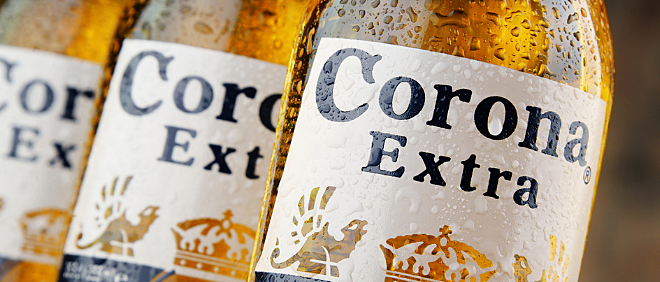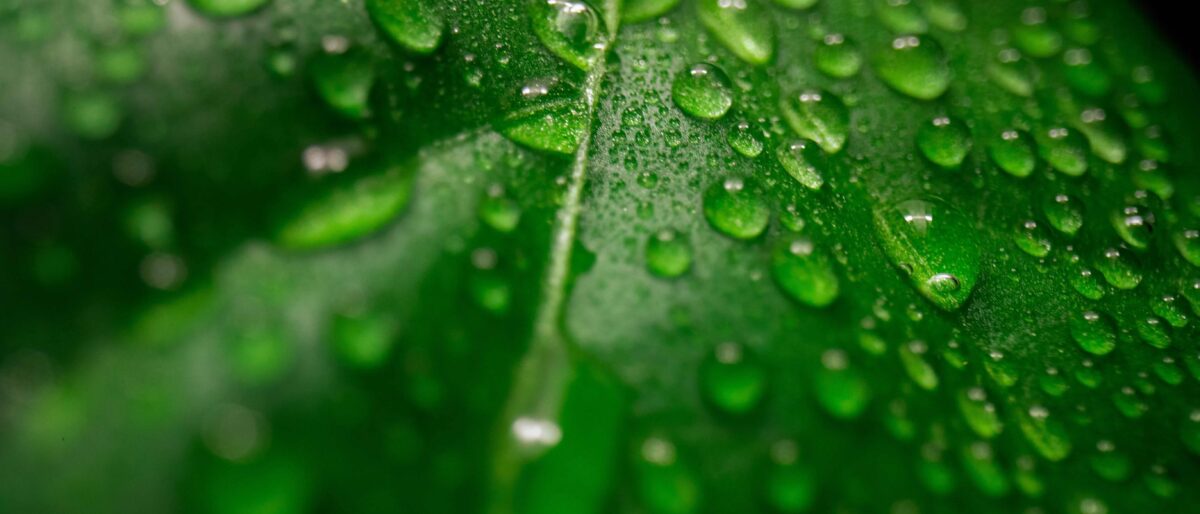Wastewater treatment plant at a greenfield brewery
Yucateca, Mexico
Treated wastewater: 4,320 m3/d
Organic Load: 28 tons COD/d


Sustainable beer production
Waterleau recently built a state-of-the-art wastewater treatment facility for Grupo Modelo’s greenfield brewery located in Yucateca, Mexico. The primary objective was to help Grupo Modelo reduce its environmental footprint. Waterleau’s scope included the plant design, construction and commissioning, as well as the start-up and operation assistance during the first years.

Biogas recovery and nutrient removal
The Yucateca wastewater treatment plant is designed for treating up to 4,320 m³/d wastewater and 28 tons of COD/d with up to 70ppm of Phosphorus.
The design integrates BIOTIM® UASB anaerobic technology for biogas production, including a set of aerobic, anaerobic and anoxic lagoons for biological treatment of the brewery’s industrial effluent, and Bio-P removal, followed by a physico-chemical post-treatment to further reduce Phosphorus levels.
Design objectives of the Yucateca Grupo Modelo wastewater treatment plant
- Treatment efficiency : Maximum COD reduction at minimum energy cost
- Biogas Yield : higher biogas production
- Compliance: P and N removal in accordance to more stringent regulation
LUCAS® UASB : reducing waste and energy cost
Compared to alternative treatment technologies, Waterleau’s BIOTIM®anaerobic treatment offers several key advantages:
- High efficiency of COD removal: up to 85%. in combination with aerobic post treatment up to 95%
- Energy saving: BIOTIM® anaerobic treatment does not require any oxygen
- Solid waste reduction: due to high removal efficiency, significant reduction of aerobic sludge during aerobic post-treatment
- Green energy production: biogas from anaerobic treatment replaces natural gas from the grid, used for firing the boiler room
- Valuable by-products: production of granular sludge that can be monetized as a resource for starting-up anaerobic reactors
- Robust design, proven technology, simplicity of operation
- Low chemicals consumption
A BIOTIM® biogas scrubber uses activated sludge from the wastewater treatment process to remove the remaining phosphorus from the biogas, turning it into a substitute for natural gas.
Nutrient removal in aerobic post treatment
Apart from the removal of the remaining COD, bio-N-removal and bio-P removal processes also take place in the aerobic post treatment step: anaerobic bio-P, denitrification and nitrification compartments are integrated in the aerobic bioreactor.
Bio-P take-up takes place in a separate zone: thickened sludge from the decanter is recycled to the bio-P compartment and brought into contact with feed water (BOD). The activated sludge accumulates PO4 under anaerobic conditions.
In order to reduce the total phosphorus from the effluent stream, a physico-chemical polishing step is necessary. The following steps are necessary to remove Phosphorus
- Coagulation: coagulant dosing in the effluent from the secondary clarifier
- Flocculation: polymer dosing into the flocculation tank
- Clarification: The clean, treated water is separated from the physico-chemical sludge by gravity by clarification. P-holding sludge is removed from the bottom of the decanter, and discharged outside the brewery.
With P-levels in the final effluent stream below 5 ppm, the treated wastewater complies with discharge regulation.

Future-proof design
The initial plant footprint takes into account future expansion of treatment capacity. The design foresees working in 2 identical and parallel lanes. During construction, basic civil works for the second LUCAS® UASB have already been prepared.
The plant is also prepared for water recovery. Membrane technology (e.g., reverse osmosis) and disinfection (e.g. ultraviolet treatment) will help reduce the sourced water to beer ratio.
Other Cases

Sustainable beer production in South-Africa
Turning a wastewater treatment plant into a water resource factory.

Wastewater treatment in the vegetable processing industry
Food processors joined forces and created a special purpose vehicle for the collection and the treatment of the joint wastewater.

Sapphire Finishing Mills
Find your local contact
Our expertise is always within reach. Digital communication has cut long distances short, but we advocate the traditional way of sharing insights.
Contact us today. We are looking forward to help you reach your sustainable development goals.




